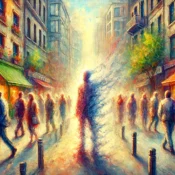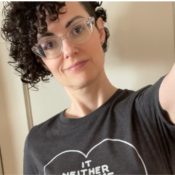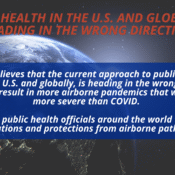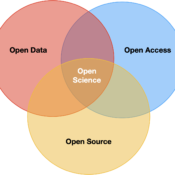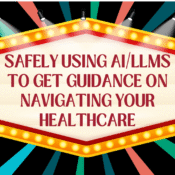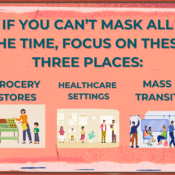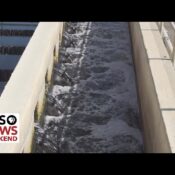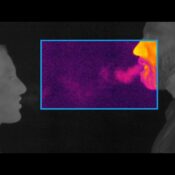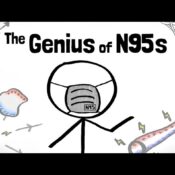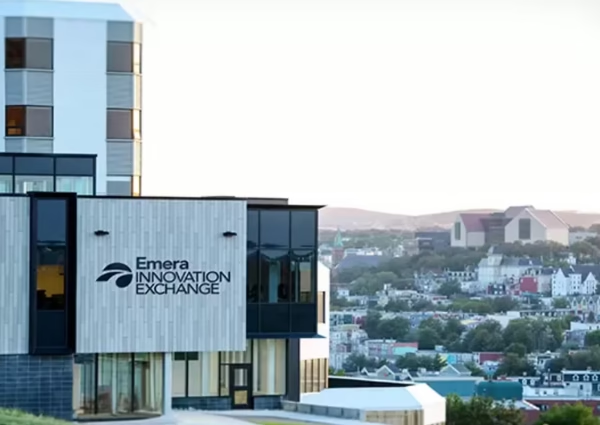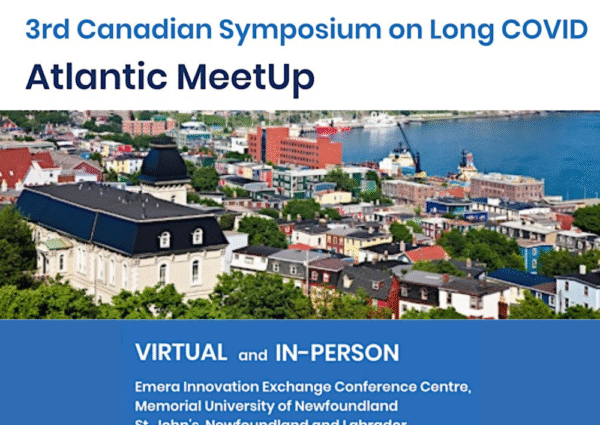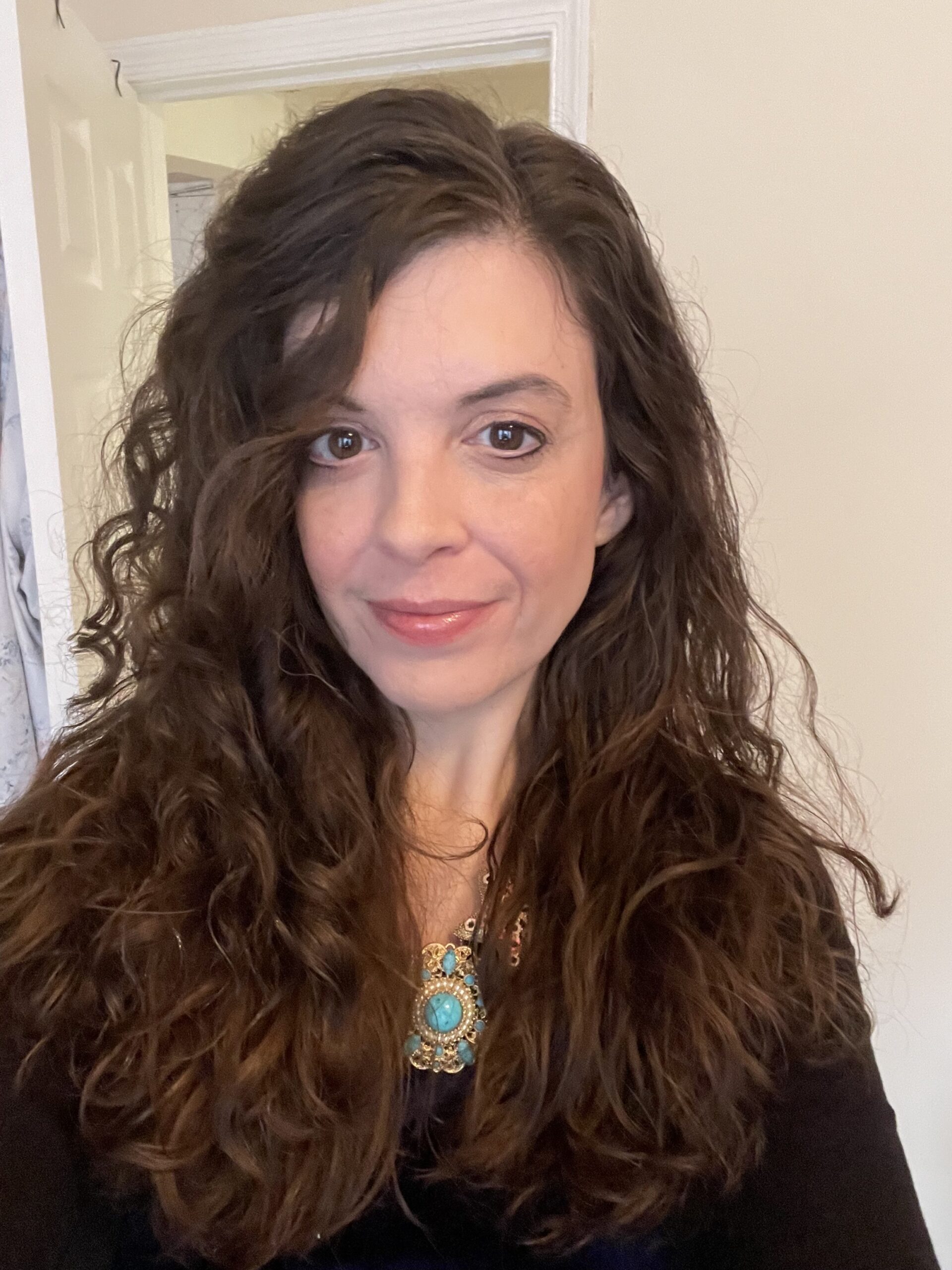
Julia’s Story – Fallout: Living with Long COVID
We are delighted to welcome writer, activist, and Long COVID patient Julia Doubleday as a guest writer. Prior to becoming affected by Long COVID, Julia was a political campaign manager and consultant working for progressive candidates and on environmental issues. In 2022, she began writing about the public health response to COVID as a side project. After contracting COVID in November 2023, she went on to develop Long COVID herself. Since that time, her life has changed dramatically, but her drive to convey the realities of COVID and Long COVID has not. We believe her story is illustrative of what living with Long COVID is like for many patients, so we’ve partnered with her to offer you today’s essay, about her day-to-day life with the disease. You can read more about her journey to understand her health issues and get treatment on her Substack and Patreon.
On January 4th, I ran out of toilet paper. I didn’t need much else from the store, maybe some seltzer water and the energy bars I’d lately been eating for breakfast and dinner. I added the items to my Instacart app and mused. So much money for so few items and the market was, according to my phone, 200 feet from my apartment. Couldn’t I make it, just this once?
It had been two months since I’d set foot outside my home, excluding doctors’ appointments, and more than six since I’d been able to walk around the block. I have Long COVID, and I’ve learned to ration my energy very, very carefully.
But on January 4th, the friends who usually help with my groceries were away for the holidays, and I’d had a relatively good week. I felt ambitious, and I changed, slowly, out of my pajamas. I should have paid attention to my flagging energy as I pulled my coat on, but the adrenaline of my excitement papered over it. I lay back down on the couch for a moment to catch my breath. Reality peaked through as my exhaustion pinned me to the cushions momentarily. “Should I not go,” I wondered to myself. But no, a decision had been made and I could already taste the sharp, cold outdoor air. Just a few minutes of freedom.
I got to the elevator and leaned against the wall, where a crumpled sign invited me to the building’s holiday party last week. Then out the front door and into direct sunlight.
I always feel dazed, these days, when I make it outside. How bizarre, how the world goes on! People out walking their dogs, pushing their strollers, no masks in sight. I feel as if I’ve stumbled out of a fallout shelter, the sole survivor of some catastrophe. True to form, I tear up. Look at you, look at you, let me see you, turn around. I sure have missed the whole world.
I take my 200 foot walk to the grocery store and by this time, I can already tell I will pay dearly for my outing. My head is pounding, I’m sweating, mostly I just feel the overwhelming need to lie down. I consider turning around, but at this point, why not achieve mission objectives? I buy my necessities: toilet paper, seltzer water, energy bars. As quickly as I’ve come, I’ve gone, passing through like a ghost, a whispered-of masked-up Phantom of the Marketplace.
Then I’m back, peeling my layers off because I’m sweating and uncomfortable now. My heart rate has been okay since I went on 80 mg of Propranolol for migraines and POTS, but it still starts to spike if I stand for more than a few minutes.
Migraines are my most debilitating symptom. Since my infection in November 2023, I’ve rarely gone a full week without one. I take topiramate as a preventative, Ubrelvy and triptans as abortive. Nurtec did nothing for me. Various other painkillers, medications and interventions were similarly ineffective. Next week I’m finally seeing a new neurologist, who I hope will help me get access to Botox and other injectable CGRP meds. In the meantime, I spend much of my time in a darkened room, with an eye mask on and ice packs on my neck.
I’m also feeling nauseated, like I might vomit, and flu-ish. I get back in bed and rest, although I have difficulty sleeping when my body gets into this unhappy state. Eventually, I pass out. But the next morning, the migraine goes on. Over the following week, my headache slowly improves, but it takes six full days. During that time, I take phone calls with my doctors and cycle through new medications, none of which help. Coordinating with the doctors and my friends, who have to go pick the medications up for me, hurts my eyes and head.
This strange series of events, a repeated worsening of symptoms that follows attempts at activity, has a name. It’s called PEM, or post-exertional malaise. Long a hallmark of ME (myalgic encephalomyelitis), about half of those living with Long COVID report experiencing it. People with PEM see their symptoms worsen after exertion, and unlike my experience at the market, that worsening is often delayed, occurring 24-48 hours later. This can lead to confusion about what, exactly, is bringing symptoms on. PEM has been neglected for decades, but recent studies have finally shown that mitochondrial damage may be behind the phenomenon.
Throughout this week of market-induced migraines, I cannot work. I’m fortunate enough that I’ve found a professional and artistic outlet that has enabled me to earn money, raise awareness about my illness, and report about the Long COVID crisis. I write The Gauntlet, a Substack that covers the intersection of the pandemic, politics, media and public health. But when my symptoms flare, I’m saddened to be taken away from the work, I worry about the project, and I worry about things like paying my Instacart bills and my rent.
Last week, I wrote What Is Long COVID?, a deep dive about my disease with a discussion of underlying mechanisms. I was pleased to be able to publish the piece at the end of a long month of migraines. After the market week, I felt better and was able to report on the fires in LA and efforts to distribute masks by local activists before I had a doctor’s appointment. Unfortunately, the appointment triggered a second week of migraines, severe fatigue, and other symptoms. This is the merry-go-round of living with Long COVID.
Still, I know I’m more fortunate than many in my situation. Ten years ago today, I was a bartender. How many workers can afford a disease that takes away your ability to walk, to lift, to physically exert? How many workers can afford to lose weeks at a time to illness? COVID is a mass disabling event because Long COVID is disabling, and every day COVID spreads freely is another day Long COVID disabled people in our communities.
We need solutions, all kinds of solutions. Medical and scientific, yes. But also engineering solutions, air quality solutions, prevention solutions, technological solutions, political solutions. We need the opposite of what I see when I leave my home: a world in complete denial that this virus exists. A world pretending it’s 2019 while the virus condemns more and more of us to the fallout shelter. I know it’s hard to hear the voices of the people stuck at home, we are tired, weak, and we are barely of the outside world anymore. But when we have the strength to do so, from our scattered shelters, we are trying to warn you.

